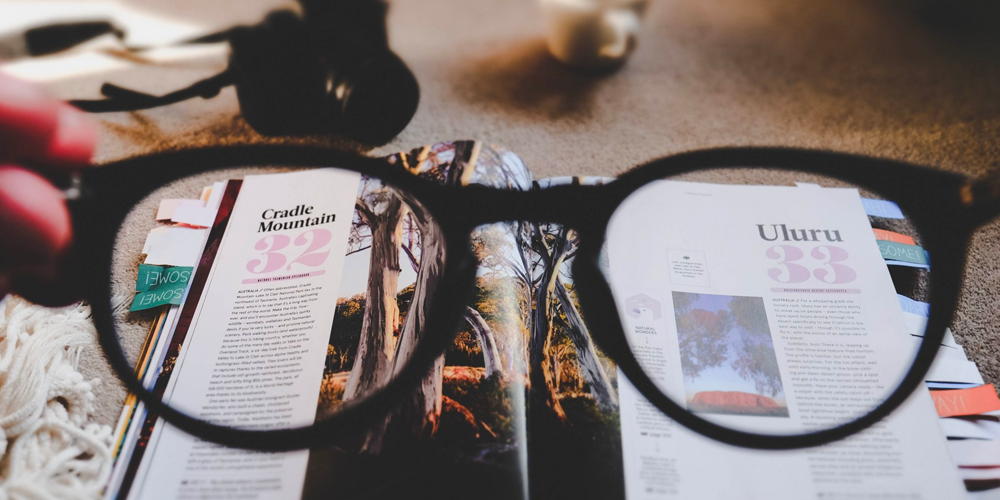Visual Deficit of Any Kind or Just Fatigue from Stroke or Other Brain Injury? OrCam Read to the Rescue!
 About the Author: Joyce Hoffman is one of the world’s top 10 stroke bloggers according to the Medical News Today. You can find the original post and other blogs Joyce Wrote in https://stroketales.blogspot.com/
About the Author: Joyce Hoffman is one of the world’s top 10 stroke bloggers according to the Medical News Today. You can find the original post and other blogs Joyce Wrote in https://stroketales.blogspot.com/
I was tired after 9 hours from multiple projects when, pre-coronavirus pandemic, I went to a famous vegetarian restaurant with a person I was going to interview, which also served vegans (of which I am one). I was told they had excellent food (first-rate grub is not at all uncommon for Portland) and we were seated when the server handed us the menus.
My anxiety kicked in when I saw the printed menu. Though the lighting wasn’t dim, the items were too small to read and my double vision went off from fatigue, both of which made for impossible reading.
It was a small place, and I could have asked him to read the menu to me, but it was embarrassing and awkward. I closed the menu as if I read it, and so did my interviewee, motioned the waiter that we were ready to order, and asked the server instead, “I’ll have that dish with tofu,” upon which, being confused about which dish I meant, he rattled off several dishes with tofu, and I chose one.
 |
| Almost the actual size |
Enter OrCam Read (albeit six months later), the magnificent marvel which is five inched long, less than an inch wide, who reads anything to you from the printed page. It is totally portable, and you could zero in to only part of the document, like for a newspaper or read the whole page of a book. I got one on a loan to write this blog post because my heart is with stroke and other brain injury survivors whose after-effects, except for the lucky ones, include visual deficits.
The two founders are: Prof. Amnon Shashua holds the Sachs chair in computer science at the Hebrew University of Jerusalem, and his field of expertise is computer vision and machine learning, and Ziv Aviram who holds a B.Sc. in Industrial Engineering and Management from Ben-Gurion University. They both have a healthy history in safer ways to observe the environment, and that led to OrCam Read.
Impressive indeed. But I wanted more. I sometimes, to this day, have double vision.
The instructions say, “OrCam Read is a personal AI [Artificial Intelligence] -driven device for people who have mild or low vision, reading difficulties, including dyslexia and reading fatigue, and anyone who is consistently exposed to large amounts of text – at work or school, or for leisure.”
Aside from the restaurant where I would have used OrCam Read, it doesn’t need WiFi so no disruptions for pilots on airplanes or captains on ships. One could even use it to read books for enjoyment or serious stuff like final exams. The battery in constant use lasts about four hours.
Not only does OrCam Read have screen selection, but there’s a laser pointer, too, if you want people to read a chart or bullet points during a presentation.
1 year warranty
Oded Tsin, the Business Development Manager for OrCam, said, “Once you press the trigger button, the first button next to the +, the laser guidance will appear. You can keep holding the trigger button and aim toward the script. Once you will release it, the device will capture the image and read to you.
So OrCam Read couldn’t be easier. I tried it a bunch of times with the loaner. I used it to read a book for an hour and it took the stress of double vision out of the mix. I used OrCam Read to read a printed newsletter from Stroke Awareness Oregon and it did a perfect job. I even used OrCam Read to read an invitation to a baby shower! It’s a sure bet that it will work every time.
Now for the cost for which you can pay it out according to your needs: $1990 and it’s not covered by any type of insurance (though it ought to be). Perhaps your organization can buy OrCam Read to share among those with visual deficits.



